Young people with autism often have differences in their flexibility skills. Sometimes these are called “problems with flexibility” or “cognitive and behavioral rigidity.” Certainly these differences can get in the way of many day-to-day situations such as social interactions, transitioning to less preferred activities, managing differences/change and flexible thinking (“big picture” thinking). But these differences in flexibility may also hold the key to helping young people on the autism spectrum to “get stuck” on being more flexible and using big picture thinking.
Below are some tips and language to use in your daily life that can help your child become more flexible.
Celebrate the ways that inflexibility is useful
Young people with autism are very good at “getting stuck” and being less flexible. Although we often need to help our kids to be more flexible, we can equally celebrate their special skill for getting stuck because it can be a great strength in many situations.
For example, being able to keenly focus on certain activities, topics or routines may lead to positive outcomes. Think of the young person who fixates on a certain topic (like computer programming) and becomes a true expert. Temple Grandin is a great example of a person with autism who is a highly valued expert because of her deeply focused knowledge in one area, in her case, how to build humane slaughterhouses.
Inflexibility also drives persistence and perseverance. The “squeaky wheel” that gets things done is often a person who sticks with something that is important and doesn’t get discouraged.
Teach skills for distinguishing between useful and harmful inflexibility
With a little coaching, teens with autism can learn how to harness their ability to hone in on something to develop other positive habits, including the ability to get stuck on being flexible. In other words, we can help them develop their self-awareness and habit of noticing their tendency to get stuck, so they can make decisions about whether getting stuck on a certain topic or activity helps them build power or lose power in their life. Then we can help them learn to distinguish between “useful stuck” vs. “stuck that gets in the way.”
Recognize that a person with an inflexible brain needs and deserves accommodations
Just like a nearsighted person gets glasses or a wheelchair-bound person gets a stair ramp, a person with brain-based inflexibility is entitled to basic accommodations, like predictable routines, visual activity schedules, elimination of unnecessary transitions and warnings of upcoming changes.
These are reasonable accommodations, and it is important for people with autism to learn to ask for them in a respectful but firm voice. Model this first and then support them to self-advocate by:
- Helping them write down a list of helpful accommodations
- Role-playing requesting accommodations
- Going with them to request accommodations or drafting an e-mail with them, if they need that
Help a young person develop big picture thinking
There is a very special kind of “stuck” in autism, which we call “stuck on a detail.” This is when a young person with autism focuses on details, but doesn’t necessarily see the main idea or big picture. You might have noticed this when a person with autism reads a paragraph and can tell you many facts, but struggles to summarize the paragraph’s topic. Getting stuck on details can be very powerful, but if we are always stuck on details, then we might miss the big picture. For that reason, it is important to help people with autism notice when they are stuck on details. Over time they can get in the habit of recognizing when they are focused at the detail level and learn to zoom out to see the big picture. Here are some phrases that you can use to encourage this kind of thinking:
- “That is a wonderful detail. Let’s get stuck on it. Then we can get back to the big picture.”
- “Cool detail! How long should we get stuck on it? Thirty seconds or a minute?”
- “I love how you notice details! And once we are done with the details, we can switch to the big picture.”
Teach skills for being more flexible and staying in control of bad feelings
Model how flexible thinking helps you cope with frustration, unexpected events, unreasonable demands or moments demanding delayed gratification. Discuss flexibility challenges you encounter. Try to use the exact same words or phrases each time with everyone in your family (even your spouse or mother-in-law). Use phrases like:
- “Stuck on a detail”: “I am so mad that my shirt got ruined in the wash. I am not packing for our trip tomorrow. Can you help me stop being stuck on this detail?” or “Are we stuck on a detail?” or “What is the big picture here?” or “Is this useful or bad stuck?”
- “Plan B”: “I just burned the tomato sauce. I need a plan B for dinner. How about pizza?” or “What is your plan B?” or “We need a plan B!”
Work to maintain a spirit of fun and creativity when using these phrases and ideas. If these words and concepts are used as criticisms or in conjunction with negative feelings and punishments, a young person may come to dislike them. We want to help our kids to fall in love with flexibility or, at the very least, to see it as interesting and useful.
As with anything new, getting your kids stuck on this new language will take time and persistence. Many of us find these ideas and skills useful in our own adult lives. Think about how you can apply these skills for yourself and your own challenges – and then the language will come naturally for you as you use it with your child.
This article originally appeared in The Oaracle.
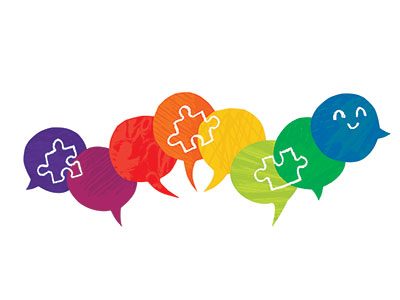 https://riseandshine.childrensnational.org/wp-content/uploads/2025/10/autism-image-feature.jpg
300
400
Rise and Shine
https://riseandshine.childrensnational.org/wp-content/uploads/2017/11/childrens_riseandshine_logo.jpg
Rise and Shine2025-10-28 15:41:562025-10-28 15:44:24Understanding autism beyond the headlines
https://riseandshine.childrensnational.org/wp-content/uploads/2025/10/autism-image-feature.jpg
300
400
Rise and Shine
https://riseandshine.childrensnational.org/wp-content/uploads/2017/11/childrens_riseandshine_logo.jpg
Rise and Shine2025-10-28 15:41:562025-10-28 15:44:24Understanding autism beyond the headlines




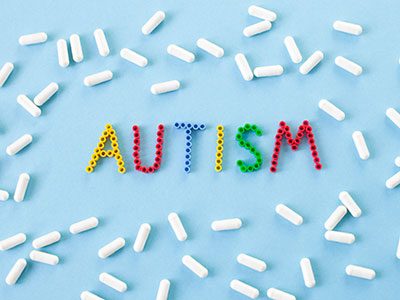

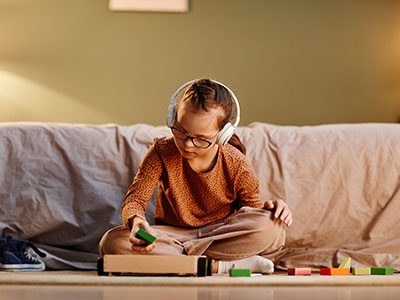

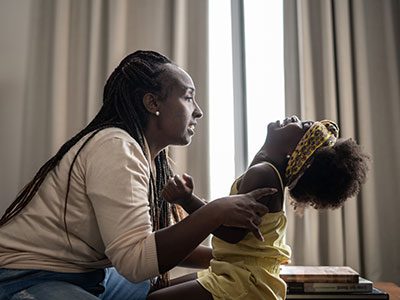
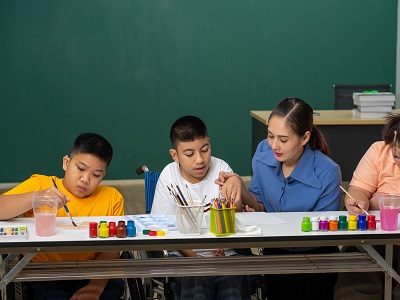

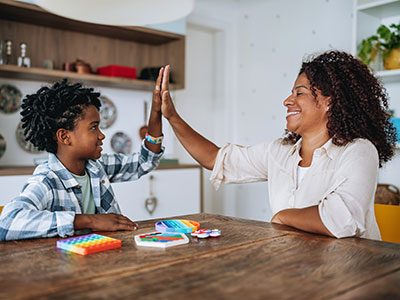

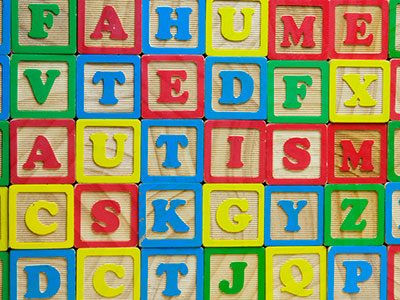
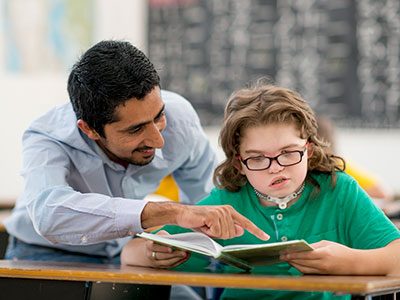


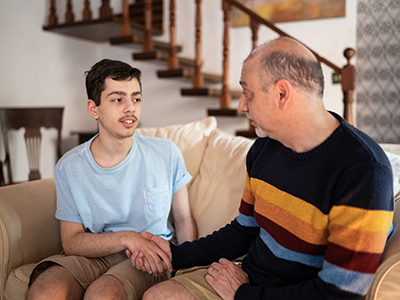


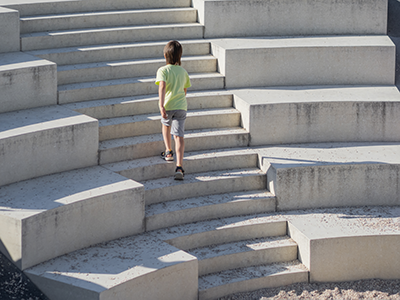

Leave a Comment
Want to join the discussion?Feel free to contribute!